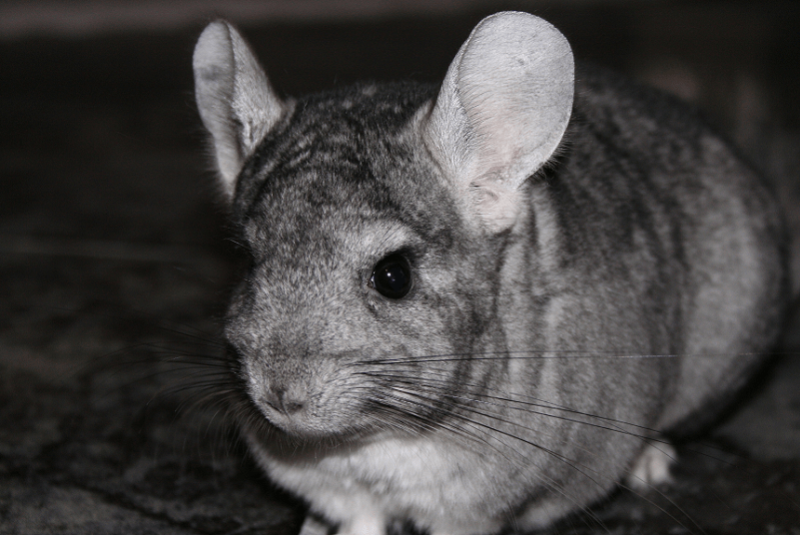
Chinchilla Facts
- The rather adorable Chinchilla is a small, crepuscular rodent slightly larger than a squirrel. Sadly, its adorable appearance has also long made it a target for furriers.
- Though normally calm and placid, if startled, the tiny creature proves to be a very agile jumper and can leap as far as 6 ft (1.8 m).
- This rather remarkable little animal, technically a rodent, also has the densest fur of any known land animal. Only the sea otter has fur that grows more densely.
- In addition, its common name derives from the Chincha people, who were the first to use the animal as a source of fur.
Related Articles
Chinchilla Physical Description
Chinchilla is a genus comprised of two separate species. While physical differences exist, of course, they remain rather small. The mammal is also actually closely related to porcupines and guinea pigs.
An adult typically has a body length of between 9-15 in (23-38 cm) in length. However, the tail adds another 3-6 in (8 – 15 cm) to the overall length.
Also, while larger individuals occur, a typical weight ranges between 1.1 – 1.8 lb (0.5 – 0.8 kg).
In the wild, its fur tends to be a rather mottled yellow-gray in color. Other colors only exist for those raised in captivity, through selective breeding.
- Kingdom: Animalia
- Phylum: Chordata
- Class: Mammalia
- Order: Rodentia
- Family: Chinchillidae
- Genus: Chinchilla
Chinchilla Distribution, Habitat, and Ecology
The lovely Chinchilla evolved as endemic to the Andes mountains in South America. The mammal also once inhabited areas in Bolivia, Chile, and Peru. However, today the only remaining wild populations exist in Chile.
Within its native habitat, the animal typically chooses to live in rock crevices or burrows. In the wild, the species also prefers to live in colony groups or herds.
Chinchillas are also omnivorous animals. Just like many other species of rodents, it typically will feed upon leaves, fruits, seeds, and insects.
Its principal predators include birds of prey, felines, snakes, and wild dogs.
The IUCN currently lists the Chinchilla as Critically Endangered. The principal threats to its existence remain habitat loss and hunting. Unfortunately, wild individuals also still remain prized by hunters for the luxuriously soft fur.
However, the majority of Chinchilla fur products now comes from farm-raised individuals.
We do not condone the use of fur for fashion purposes.
Species Sharing Its Range
Check out our other articles on 4 Remarkable Louisiana Reptiles, Flemish Giant Rabbit, McMurdo Dry Valleys, Tufted Grass Tree, Indian Vulture, Executioner Wasp, Texas Alligator Lizard
